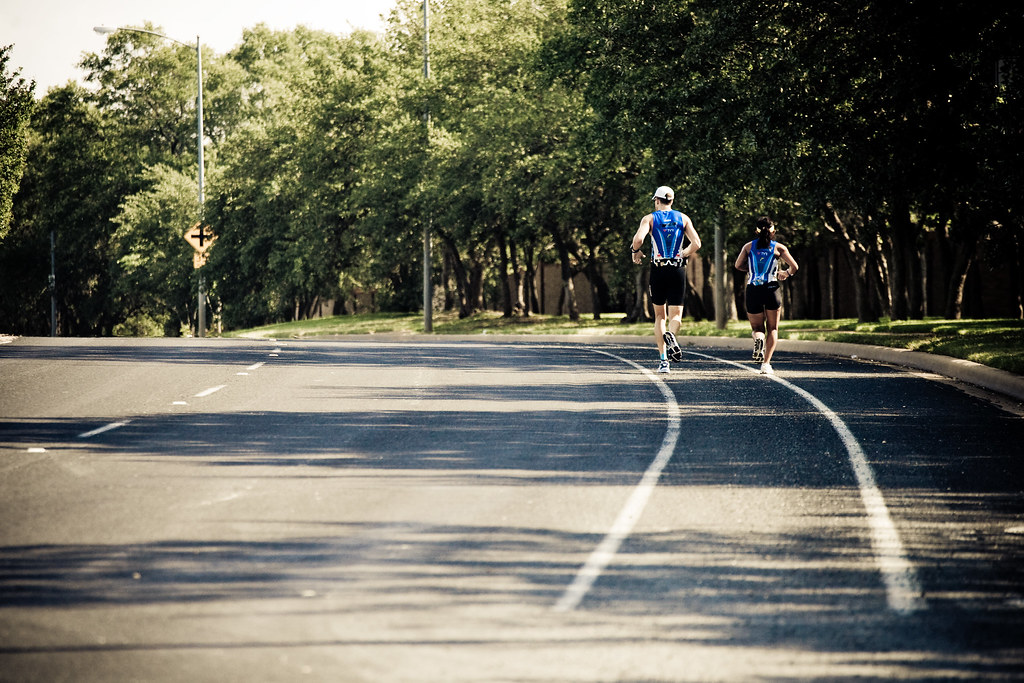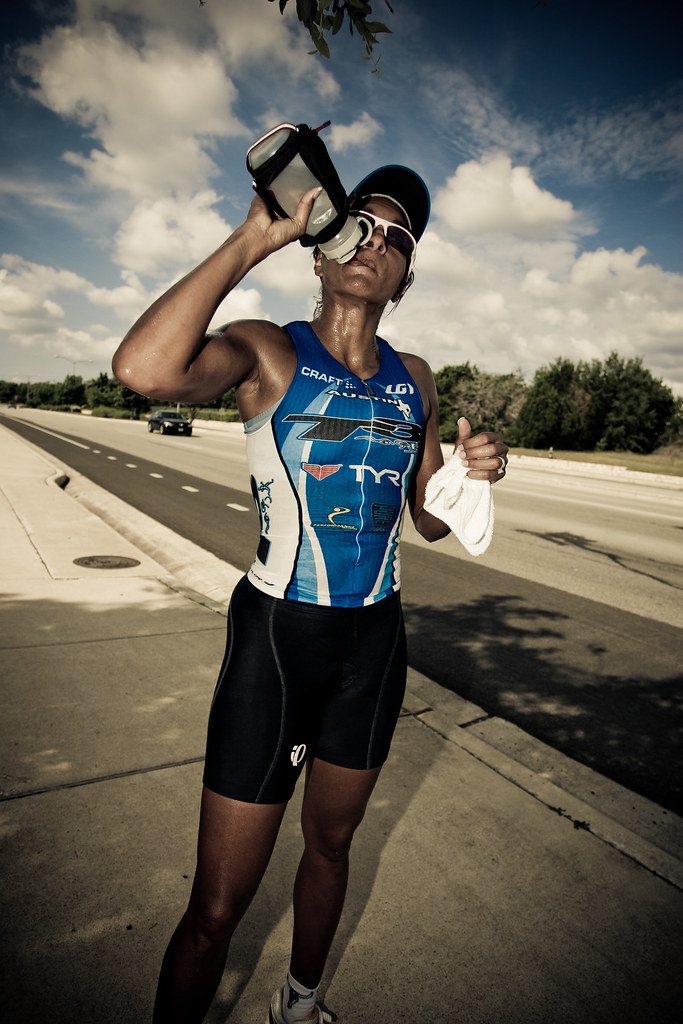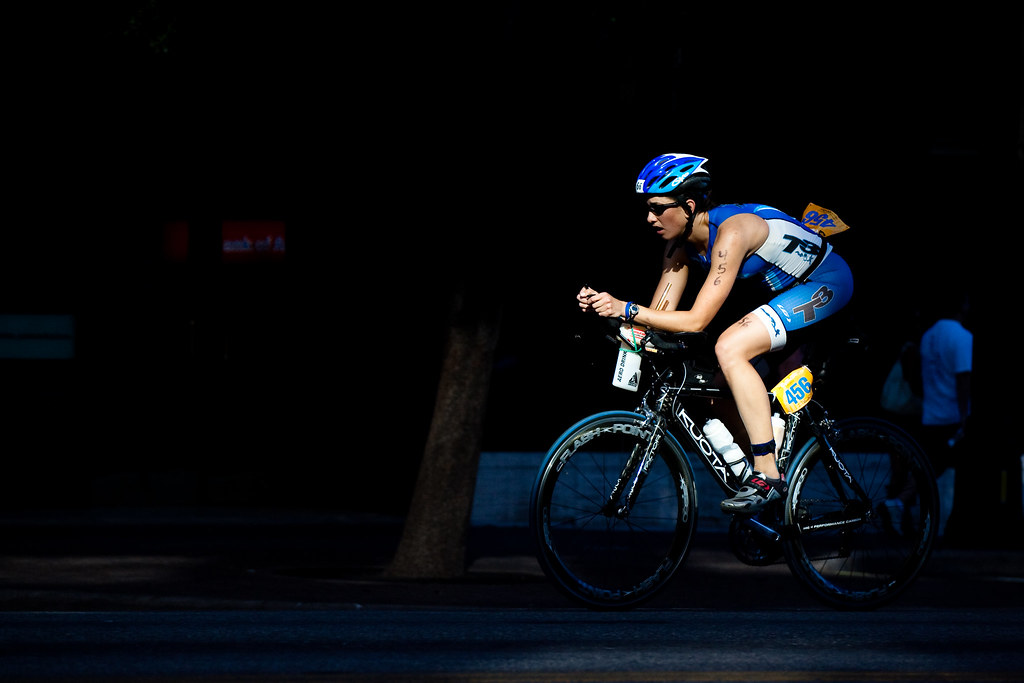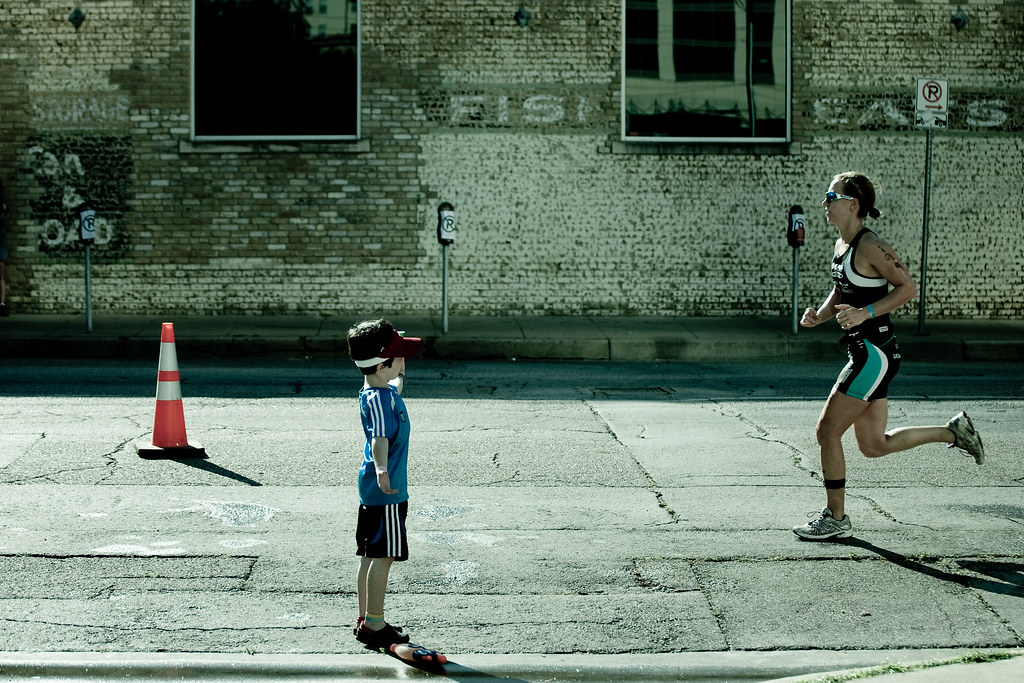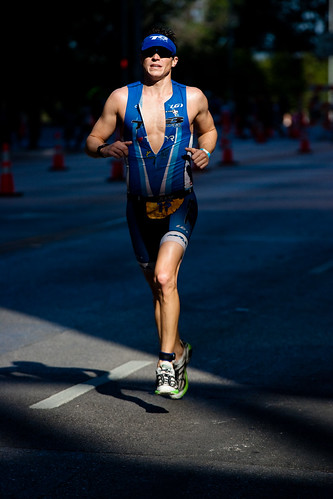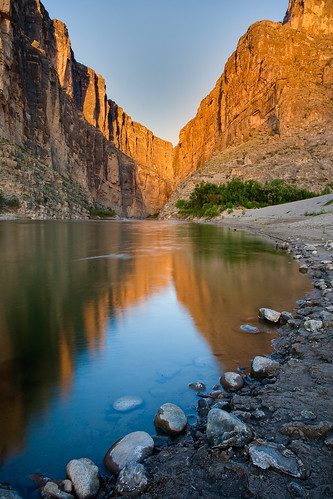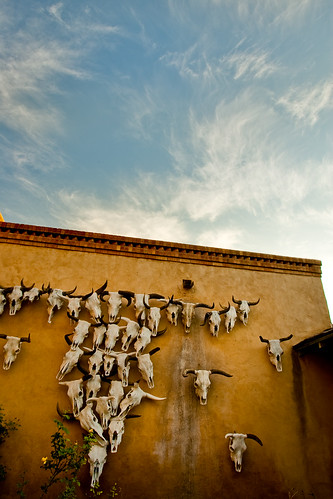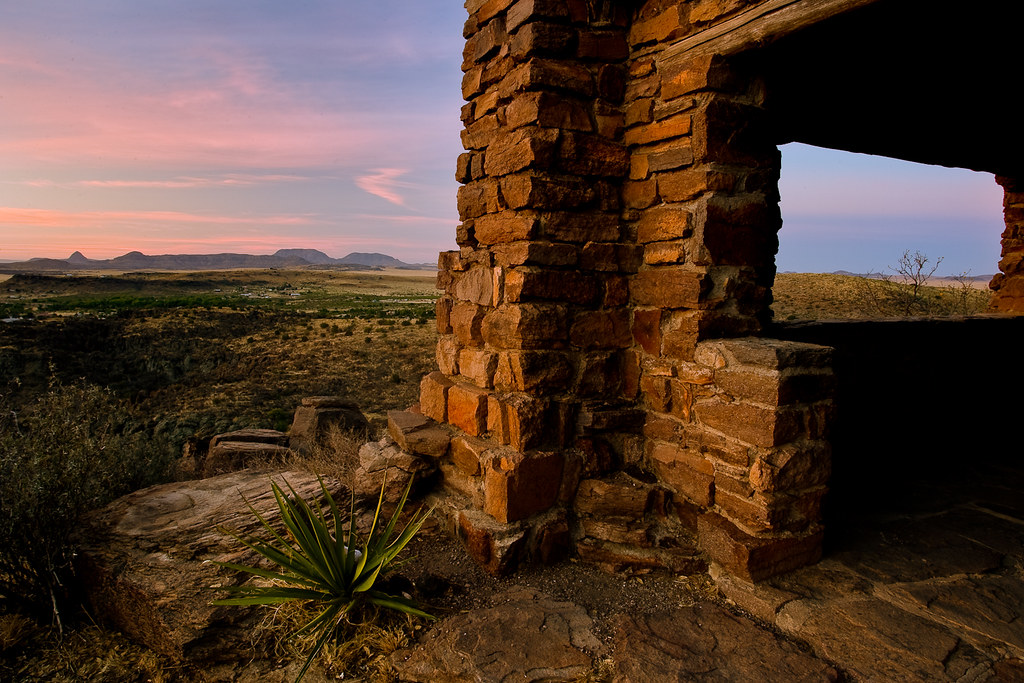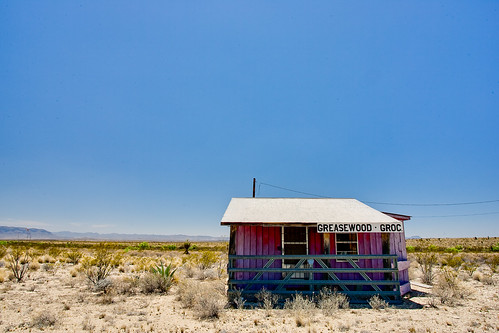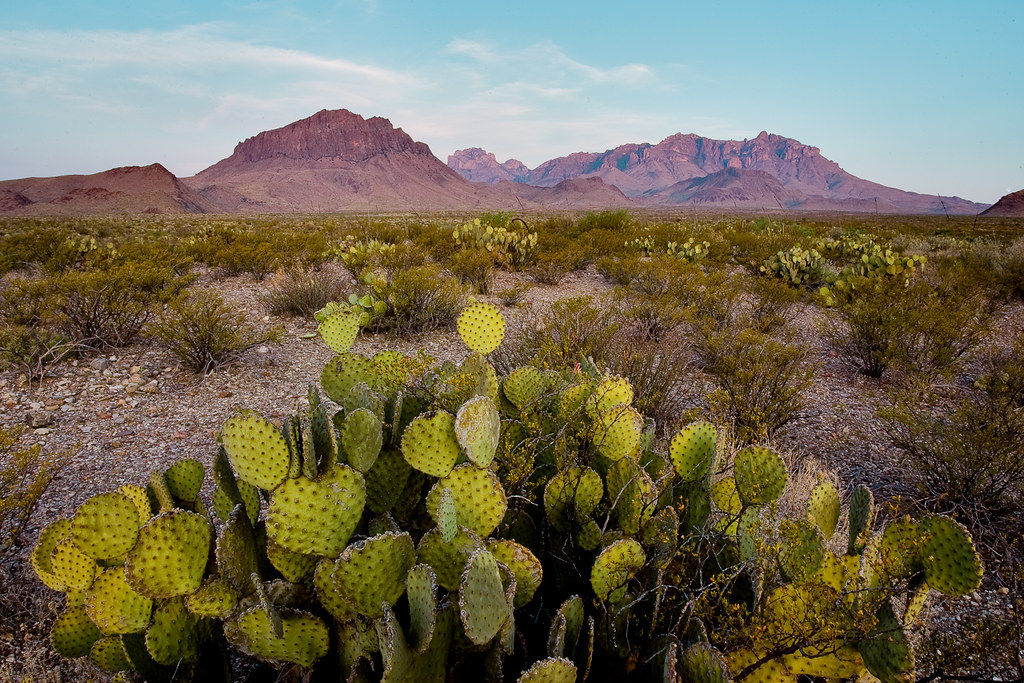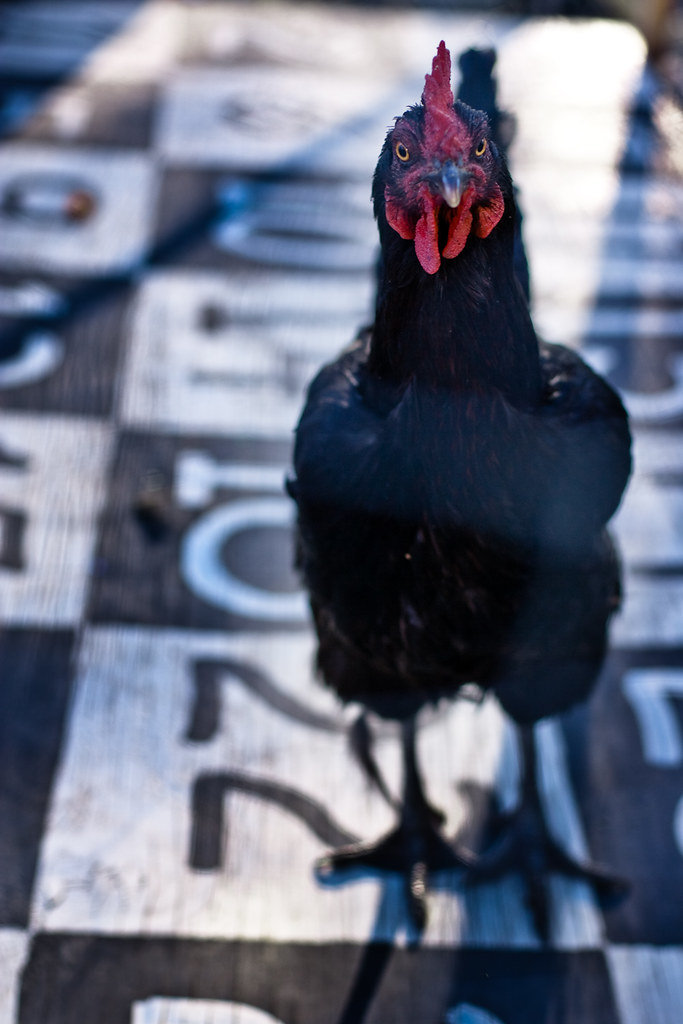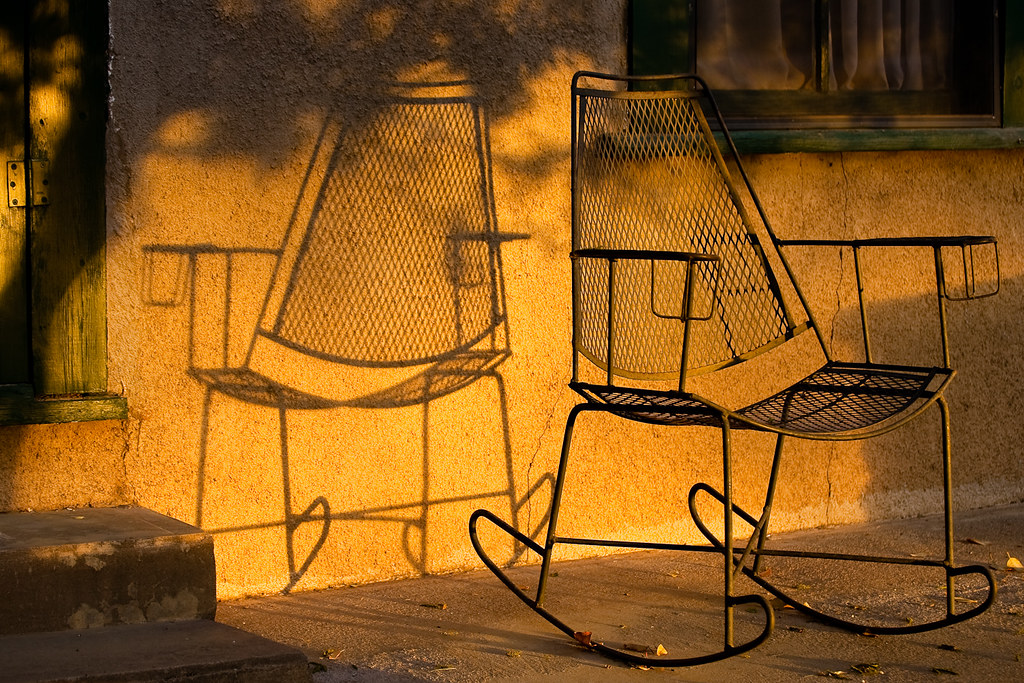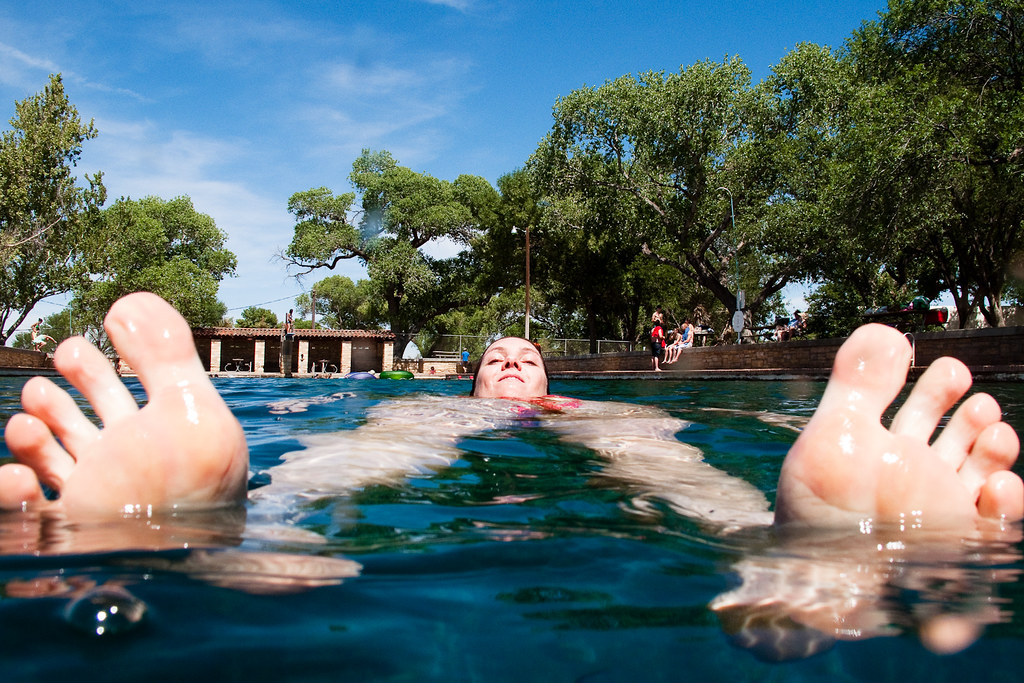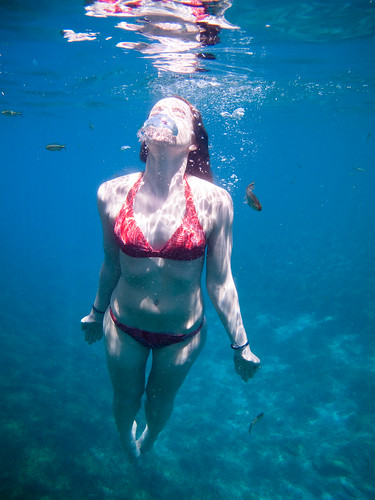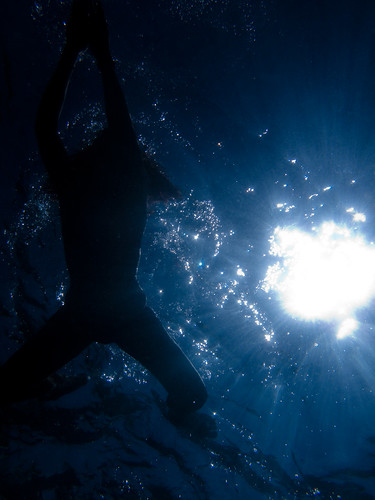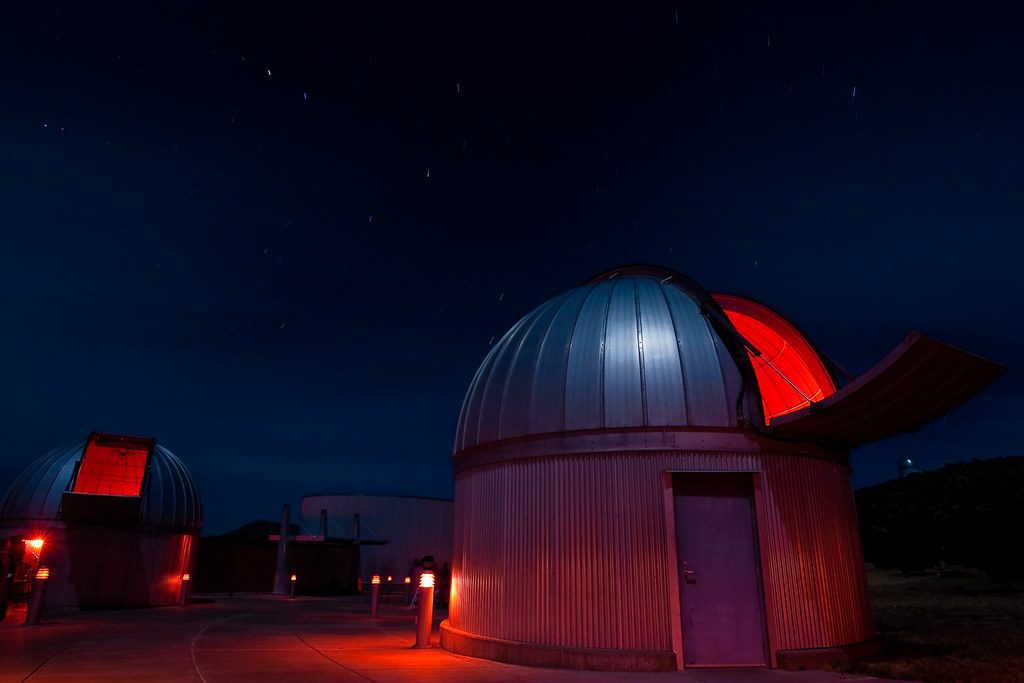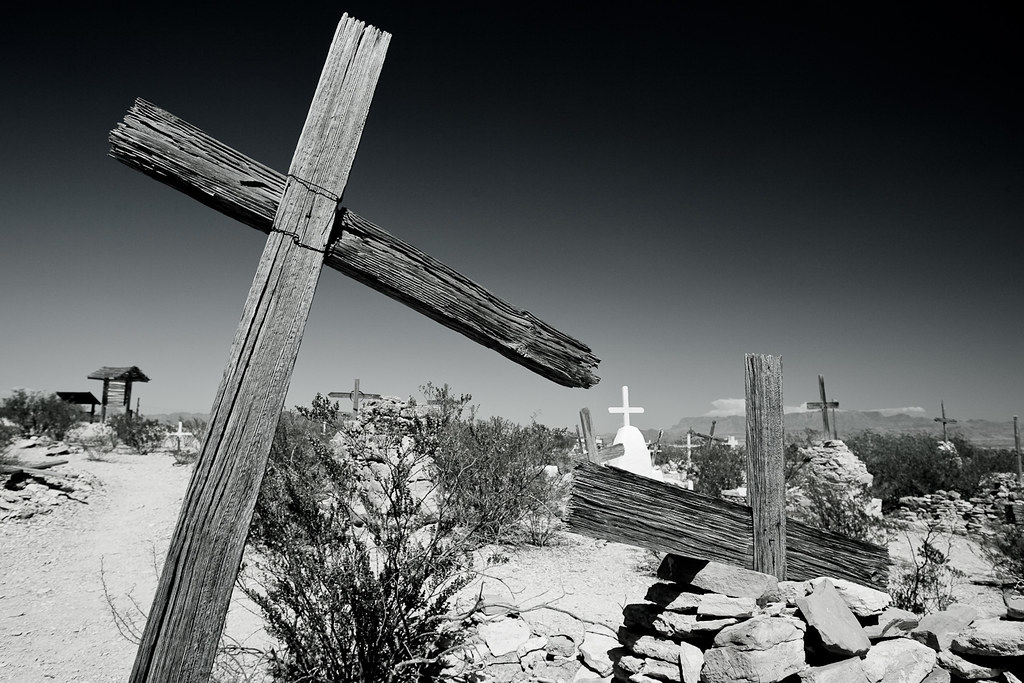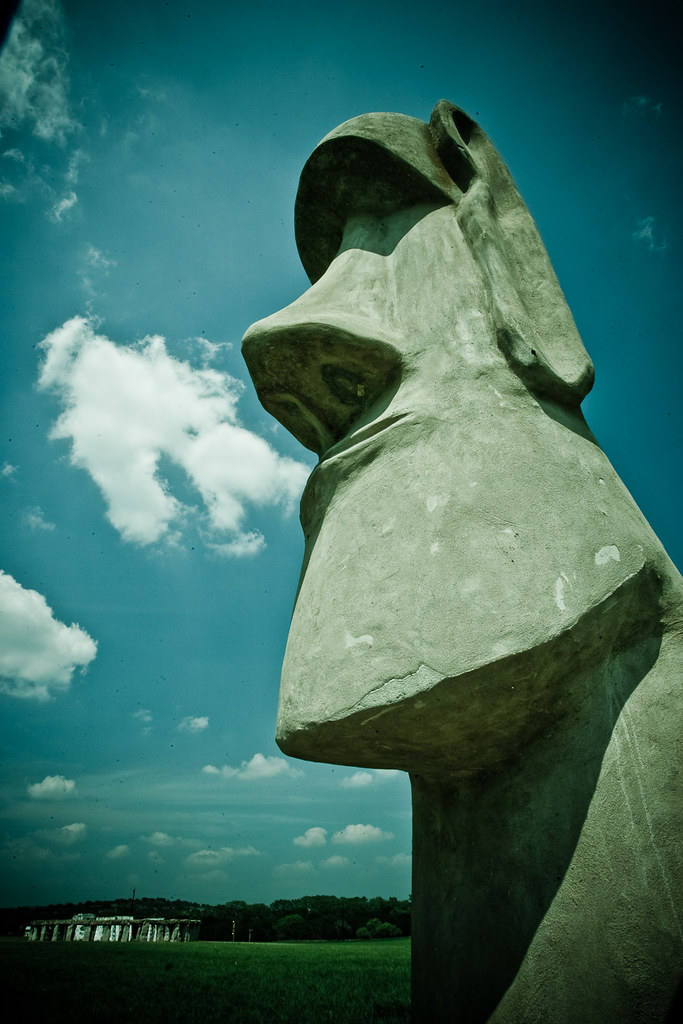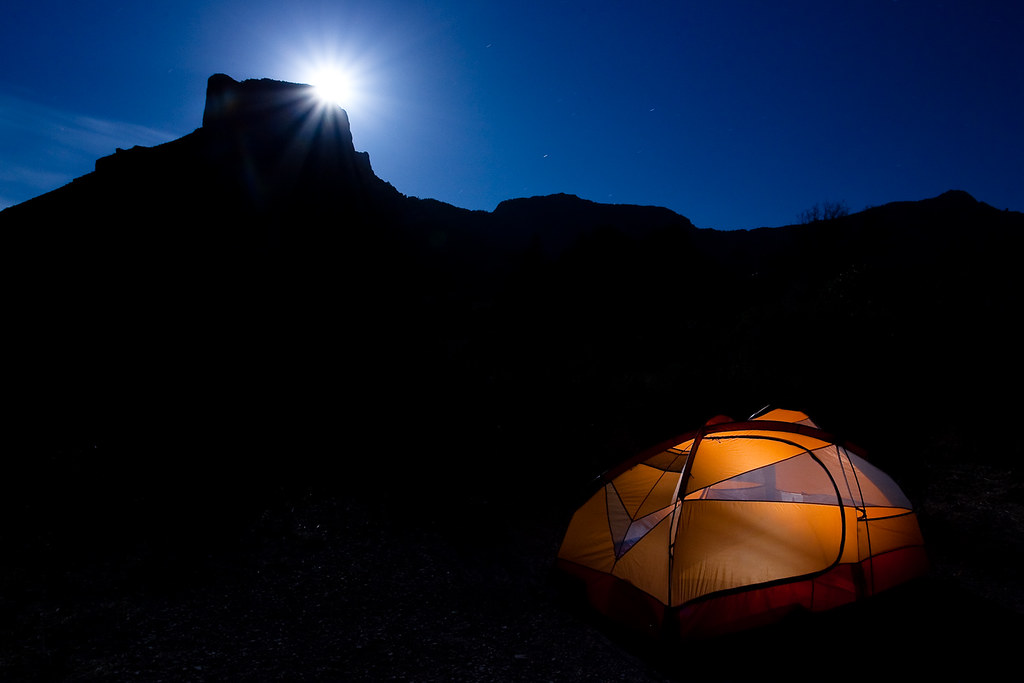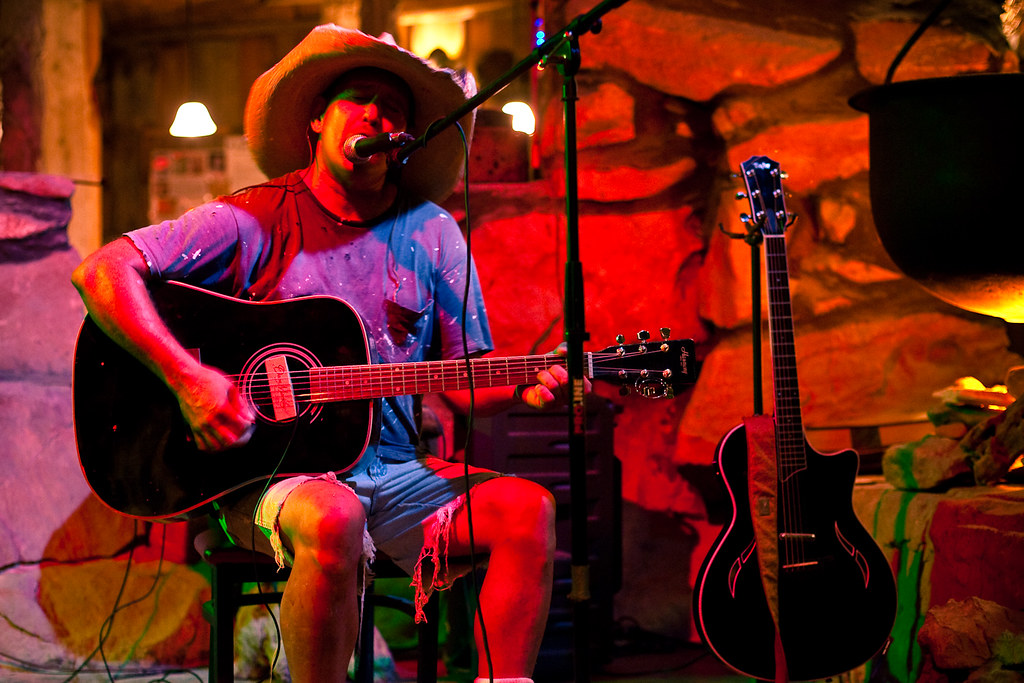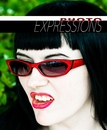Saturday, May 30, 2009
Thursday, May 28, 2009
t3 practiceman
Every year the T3 training group put on a training event called the practiceman. Gets people used to switching from the bike to running, without the pressure of a race. I used it as a pre-race practice for my own photography too. Was a good way to dial in some things for the race on Monday. As I mentioned yesterday, practice with the camera is what is helping me get better shots. More familiarity with the controls, being able to change settings quickly and with confidence. The week in Big Bend at the start of the month further helped with that. A lot of night photography and learning to find the buttons more by feel than sight further dials in the muscle memory. I've sat watching the TV in a dark room, working the buttons on the camera in the near darkness as well, just to keep building that understanding of the layout. That way, I can change settings without taking the camera away from my eye, if needed, less chimping and looking at the camera, more making the shots you want to make.
I've also been working a bit more with the 580EX flash, on camera. Again there I'm getting more familiar with what it can do and how to adjust things to get the shots I want. Darkening down the background and then opening up the foreground with the fill from the flash. Off camera mostly gives better results, but using the fill on these really bright, sunny days can give the bit of lift that's needed.
Posted by
Unknown
at
7:26 AM
2
comments
![]()
Labels: cycling, everyday ironman, ironman, running, triathlon
Wednesday, May 27, 2009
making progress
Spent some of yesterday morning shooting at the Capital of Texas Triathlon, in downtown Austin. I've been shooting this race off and on now for 8 years. For the last 5 years, I've used exactly the same equipment. It was interesting to see that I was starting to make some decent pictures, this time around. The first few years I was just happy to get a sharp picture. Then the next year, I was starting to get cleaner compositions, less stuff in the frame that I didn't want there, more sharp frames. This time around I seem to have learned enough to start paying more attention to the light and getting shots that actually start looking like what I wanted to achieve. Part of that is getting much more comfortable with the camera controls. Being able to react and change settings quickly and correctly, with only a few seconds to spare, really helped make the pictures I saw the potential for. I was also doing a better job of getting more interesting angles, shooting down from above, getting low, trying to do something more than just shots from eye level.
Perhaps most effective was looking for interesting light and then exploiting it - finding places where the light was coming between buildings or bouncing around from glass and making shots that worked in those locations. All of this with the same gear I've been lugging around for half a decade. I imagine if I'd been switching cameras more often, or changing lenses, I'd have less familiarity with how they all work, I'd have to look at the controls and think more - be able to react less automatically. When things are changing quickly, that muscle memory really helps get the picture.
Posted by
Unknown
at
12:00 AM
2
comments
![]()
Labels: cycling, everyday ironman, growth, running, swimming, triathlon
Thursday, May 21, 2009
big bend
A couple more Enfuse HDR-like blends from Big Bend, both playing upon the idea of repeating shapes and rhythm. In the shot on the left, of Santa Elena canyon, the repeating V shape of the cliffs, in the water and also in the smaller rocks in the foreground. For the skulls on the wall, at the Gage hotel, the clouds were kind enough to form similar shapesto both the smaller skulls and also the overall arrangement.
Posted by
Unknown
at
7:31 AM
2
comments
![]()
Tuesday, May 19, 2009
enthusiastic about enfuse
I've dabbled with HDR photography a bit in the past, but always felt the results were quite cartoonish. The saturation is often off the charts and the local contrast added by most tone mapping algorithms typically seems very heavy handed, for what I want to achieve. While that is a perfectly valid thing to do, it just doesn't appeal to me that much. I have managed to do some more realistic HDR images, using the Wukong beta/ Essential HDR product from Imaging Luminary but since I moved to a Mac, I haven't been able to use their software. I started looking for something similar for OS X and got a recommendation for Enfuse. This is an open-source solution to the problem, that takes quite a different approach to blending the exposures.
Instead of generating a merged, high dynamic range image with floating point pixel values, the enfuse algorithm picks out from across the various exposures what it considers to be the best exposed pixels for a particular region, then merges them all together. There is some level of control for the user; to provide masks, or bias it towards keeping contrast or saturation in the image. The algorithm can also automatically align images, if you haven't shot them all on a tripod. I've found that the defaults work well to merge a well exposed set of images. The resulting merged image is then a great starting point for further adjustments.
While Enfuse is open source and available for free, I've been using an Adobe Lightroom plugin that is sold as donationware, by Timothy Armes. The LR/Enfuse plugin simplifies running the merge from Lightroom. I just have to select the various exposures and run the plugin to get a merged result back in Lightroom, ready for further adjustment.
Many years ago I learned to shoot pretty wide brackets around a given exposure when I'm working on a tripod. With digital, the brackets are essentially free and this ensures you have all the data you might need to merge exposures back at home. Particularly when working with fleeting light or in hard to get to locations, I'd rather shoot a few more frames at the time, than wish I had them when I got home. I'll typically pick a working f-stop, based on the depth of field I want in the scene, then shoot at one stop intervals around the metered exposure, from -2EV, -1EV, 0, +1EV and +2EV. I normally do this in Aperture Priority mode, so that only the shutter speed is changing, but the depth of field is constant. In some cases, if there are particularly extreme lighting situations, I might shoot another stop above or below those as well, but I've found that five stop increment is often more than I need, particularly shooting around twilight. These 5 exposures give me a great starting point to blend for a final image. In the past I might have processed them as multiple exposures and then layered them in Photoshop, using masks to pick out particular parts of the image. Now they are a great starting point for Enfuse. In the example above, the porch of the building was in really heavy shadow, in the noon day sun, so I've shot 6 exposures, to get some detail and deep colour in the shadow areas (in the lightest exposure, to the far right), while still trying to keep some detail in the white, reflective roof (in the leftmost exposure).
To run the merge, I pick the darkest exposure that still had the right levels for the lightest parts of the image and the same at the other end, selecting the lightest exposure that had the shadow values that I wanted. I then use those as the outliers and pick all the in-between exposures and run the Enfuse plugin. I haven't tried varying the default values yet, as it has given consistently good results from the images I took in Big Bend. Enfuse is a great option if you are interested in working with scenes with a large range of tonalities or extremes of lighting, but want to try to produce more natural results. The price is right too. There are other GUIs available for Enfuse, if you don't like using Lightroom. I haven't had any experience with these, but options such as EnfuseGUI do exist if you wanted to avoid Lightroom and also the command line.
Saturday, May 16, 2009
mac performance tuning for photographers
I've been considering upgrading to Photoshop CS4 for a while now and doing the cross-platform dance to get it for my Mac. Lightroom meets most of my needs, until now when I'm getting more serious about putting my SoFoBoMo book together. The localised editing and masking in Lightroom just isn't really enough, particularly for doing more detailed black and white conversions. It's come the time to do it, but Adobe don't want my money today. 7 days a week customer service but only sales during business hours. I'll try again next week. For now I've been using the trial version of CS4 Extended that you can download. I found this performance tuning guide, just going through the steps now.
On the bingo front, Amanda's number was 22, but the chicken was a bit crowd shy. We left before we heard about any result - maybe there's an envelope of cash waiting on us in Marfa... By the way, I am curious to know how many outside of Texas have ever heard of this particular brand of chicken sh*t bingo. Comments welcome.
Posted by
Unknown
at
2:36 PM
2
comments
![]()
life/work
Sad to hear this week that Bill Jay died in Costa Rica a couple of days ago. I always got a great deal from his End Notes in Lenswork magazine. He seemed to have a more grounded, sensible approach to the art and craft of photography than many. The book he co-authored with David Hurn, "On Being a Photographer: A Practical Guide" is also a classic, full of useful experience (available again soon from Lenswork publishing but out of stock for now). I spent a bit of time today going through the many essays available on his site - well worth taking the time to look. In particular, the piece titled life/work struck a chord for me. It seems like the best advice I've heard on finding a subject. Worth a read.
Posted by
Unknown
at
2:10 PM
0
comments
![]()
Labels: creativity, inspiration, teaching
Friday, May 15, 2009
balmorhea
Balmorhea is great state park, out 'near' Big Bend national park. Spring fed by the San Solomon Springs, 72-76F all year, huge, flowing at a rate of 22 to 28 million gallons per day and in the middle of the desert. Just what you need after a hot day. These shots were all taken with the Canon G10, using the underwater housing (WP-DC28). Everything worked, even though I was a bit apprehensive the first time getting into the water with the camera. Easy to use, almost all of the controls (apart from the rear dial) work.
Posted by
Unknown
at
1:05 AM
1 comments
![]()
Wednesday, May 13, 2009
star party
At the McDonald observatory, Fort Davis, Tx. Shot with moonlight and the red safety lights they use, to help preserve your night vision. The observatory does a few tours and star viewing sessions a week. I was really impressed by how good their presentations were and how well they explained things. Learned a few ideas that really helped through the whole week. Also got to see Saturn through a big telescope - could see the rings really clearly and a couple of the moons. It was almost a full moon last week, hence all the bright moonlight in this shot, shining off all 3 domes. Was also great for actually viewing the moon directly.
I've done the first pass on the images I took last week, cut away about 75% of the shots so far, down to a final selection of close to 500. There are quite a few potential HDR shots in there, maybe 100 or so frames to be combined as and when I work out a workflow for doing them. Getting there slowly.
within the frame
On Paul Lester's recommendation, I just picked up a copy of Within the Frame: The Journey of Photographic Vision by David DuChemin. Paul gave a link to the publisher's web site, but I noticed you can get it for about $13 less at Amazon.
Posted by
Unknown
at
5:44 PM
1 comments
![]()
Labels: books
ghost town graveyard
This is from the graveyard in the Terlingua ghost town. I photographed here about 5 years ago and never really felt I got something that gave a sense of the place. I think I did a bit better this time around. I took more time, thought about what I wanted to show. Still working on the early selects for SoFoBoMo and doing very quick processing on a few images as I go along.
Posted by
Unknown
at
8:45 AM
1 comments
![]()
Tuesday, May 12, 2009
a long journey
The technical guff is almost done. Soon be time to actually start finding images and doing some editing. Least all the pictures are taken, for good or ill. The final totals; 2045 miles driven. 2185 exposures taken. About 21 miles hiked. My feet and shutter finger are sore.
Yes, that's a moai, overlooking stonehenge. It was a strange trip in many ways.
Posted by
Unknown
at
12:07 AM
0
comments
![]()
Labels: sofobomo
Monday, May 11, 2009
the aftermath
So back home and now trying to manage the rest of the SoFoBoMo process. Haven't really even started looking at the images, never mind editing any of them. Just shuffling around the 20Gb, 2000+ image files, renaming them, backing them up, getting previews set up and that sort of thing, ready to start looking at what I took. I've picked out a few that have caught my eye and done a quick edit, like this one above and the previous two posts. I've got no idea if they will make the cut for the final book. I don't even know what the final book is going to be about - probably just bundled under the theme of 'road trip'. I'm sure Colin Pantall has a 'how not to photograph' that addresses that sort of random collecting head on, but it is what I have.
Process while traveling was pretty straight forward. Shoot things that interested me. Drive Amanda crazy. Repeat. Then in the few evenings when we had power, dump the contents of the CF cards to my very small and underpowered linux laptop drive and also to a removable backup drive. These were then stored separate from each other, so that if someone stole my camera bag, or broke into the car, or stole the car, I'd at least have the backups and a story for the insurance company. I did no editing and almost no review all last week. No time, too small a screen, limited power for the camera to even chimp much, particularly when trying to do night shots (long exposure equals quick battery drain). The fun part of that is that a week later I'm now actually hopefully going to start getting to see the images. (when this backup actually finishes) The bad I suppose is that I could well have screwed up many days of things without realising it and it would be about 500 miles for a retake.
The other thing I'm finally getting to grips with, spurred on by SoFoBoMo is calibrating this new Mac and getting things like Adobe Photoshop actually configured again. All things I should have done a few weeks ago when I got the computer, but laziness always finds a way. I shot quite a few images with the thought or potential to make HDR versions of the results, even though I've never tried it with the Mac OS X HDR software options (which I don't currently know much about - any reviews, raves, suggestions there? comments very welcome).
This evening then is mostly book-keeping, fiddling, renaming, filing, sorting and getting ready to start getting ready. All busy work really but essential I suppose, if I'm going to get this random assortment of stuff into some sort of book shape. Should be fun.
The image above was taken in Big Bend National Park, in the Chisos Mountains basin. There was a fair bit of pre-planning involved - picking the right camp site, with the right view of Casa Grande, on the right day that the moon was going to rise over it, as a full moon. The tent was partially pitched with this shot in mind (and mostly pitched with how the ground sloped in mind, too) There was a large helping of luck involved too, I didn't expect the moon to rise quite so perfectly over the corner of the big mountain. That actually was painful because it meant the moon shadow was all around us for a good hour before the light really actually touched our campsite - quite frustrating if you wanted to get some sleep!
For lighting, I put a Canon 580EX II speedlite in the tent, with a full CTO gel over the flash. The tent was already orange and red, but I wanted to use the CTO gel so that I could shoot in Tungsten white balance, to really get the deep, midnight blue into the clear night sky. The CTO gel and Tungsten white balance cancel out for the tent lighting, returning it to the already red/ orange appearance. I used a Canon ST-E2 remote trigger to control the flash in TTL mode and then just waited for the moon to rise and worked out a reasonable exposure, stopped down quite far to give enough depth of field to get the mountain silhouette sharp and the tent in focus. The stopped down aperture also causes the bright moon to create the ray/ star effect.
Posted by
Unknown
at
11:01 PM
5
comments
![]()
Labels: "Big Bend", editing, hdr, insanity, process, sofobomo
pablo at la kiva
The audio was recorded just with the built-in mic on my Canon 1DII. I'm surprised how reasonable the audio quality is on the camera on the occasions I've used it. In this case I think it really adds to the image. From the crazy colours, you can probably tell this was shot with the available stage lighting. There were a few other photographers in the bar that night, mostly shooting with on-camera flash. Not only does that not help you get the full ambiance of the place, it was getting to be a bit intrusive to the other patrons in the bar. A fast lens and a solid table make much better options in a dark location like this.
Posted by
Unknown
at
8:53 AM
4
comments
![]()
Labels: "Big Bend", audio, sofobomo
Sunday, May 10, 2009
valentine
Posted by
Unknown
at
7:20 AM
2
comments
![]()


